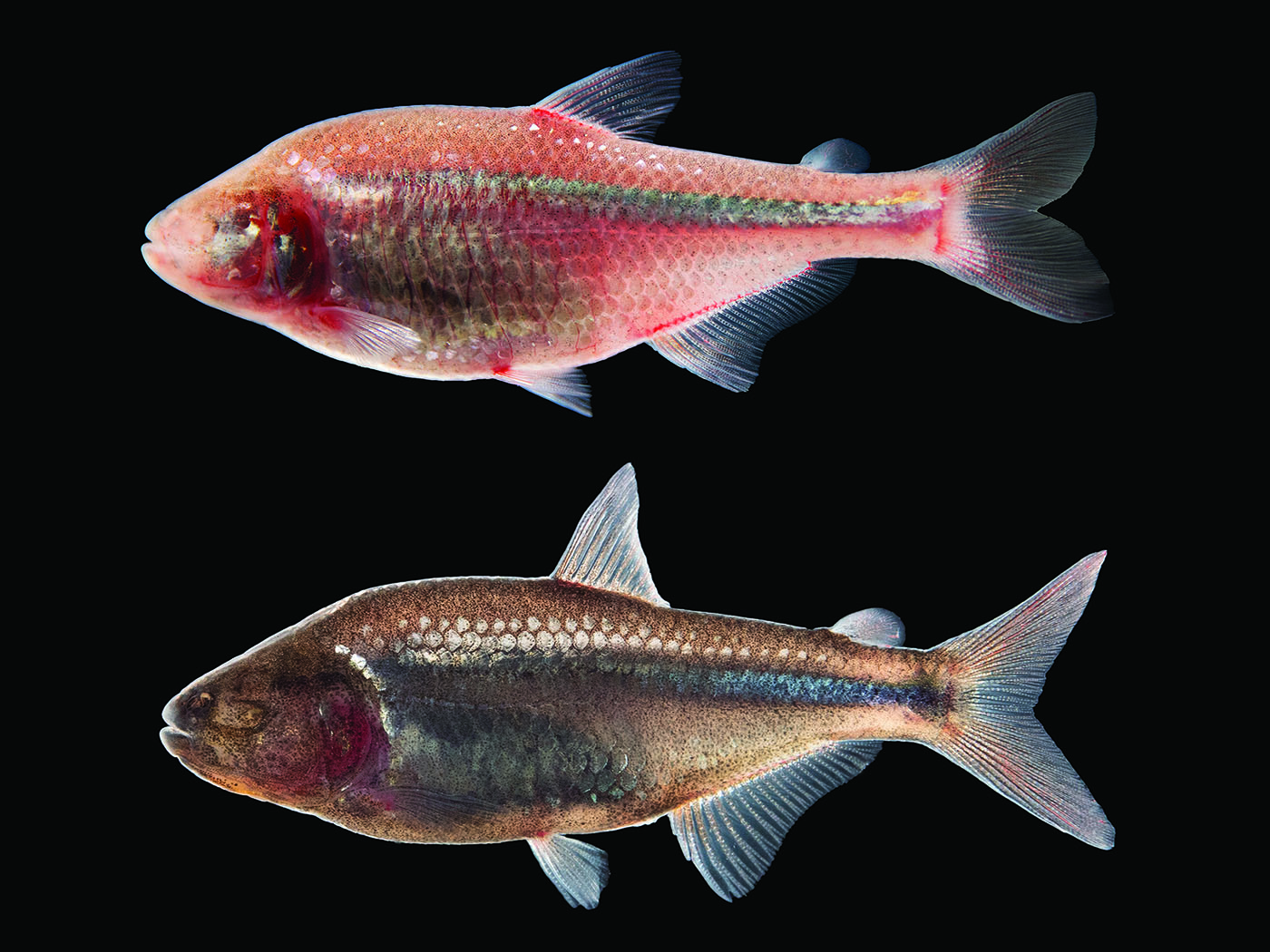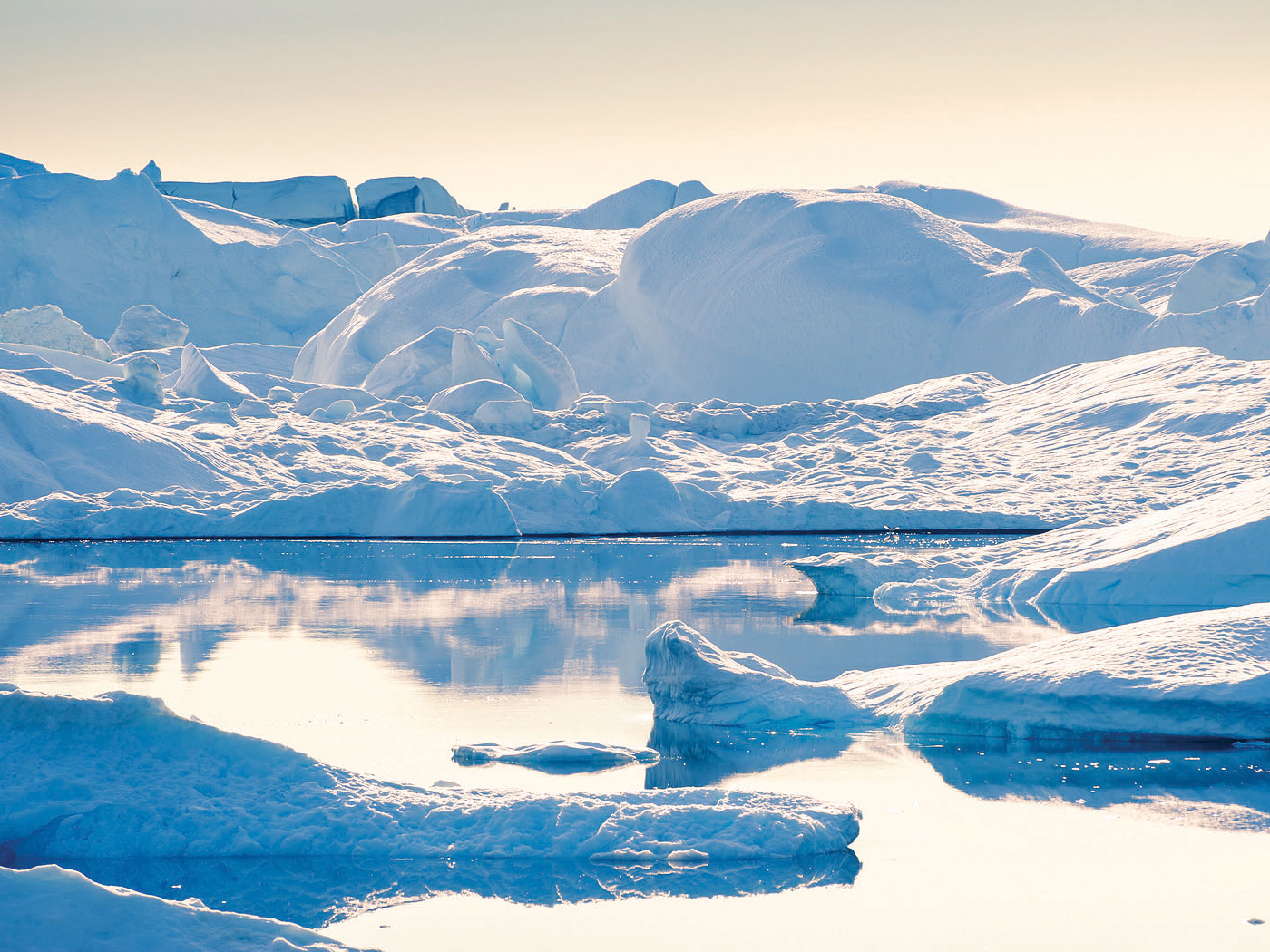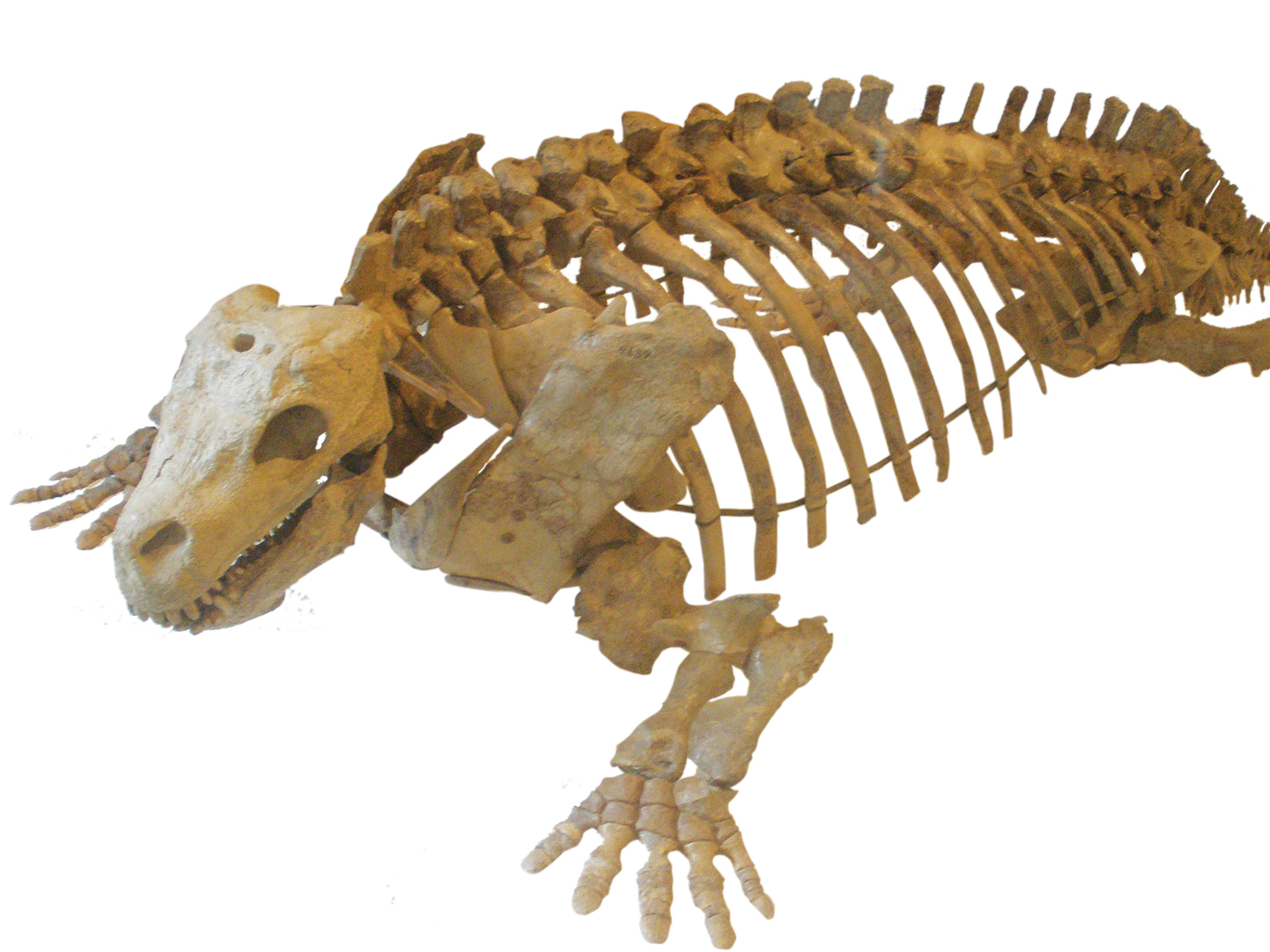Fishermen and sailors have many occasions to see wonders of the oceans.1 All marine creatures give witness of God’s glory and providence, showcasing the amazing Creator He is. One such example of is the common seal, also called the harbor seal.2
And thankfully—according to a recent study in Svalbard, Norway—at least one pollution problem is improving for the harbor seal, as well as for white whales and other oceanic marine mammals.
The toxicological study, published in the science journal Environmental Pollution,3 shows how certain now-banned pollutants are appearing in reduced quantities in marine mammals, compared to earlier years, indicating a decrease of those pollutants in ocean waters and oceanic food chains.3
Fixing problems is a lot harder than causing them. This is true in land-based healthcare, and in oceanic “public health” matters, such as ocean pollutants that routinely poison food chains for both people and animals.
In particular, the harbor seal and other marine mammals are slowly recovering from years of exposure to ocean-dumped pollutants called perfluoroalkyl substances.3 The harbor seal has many other challenges in life, but at least the problem of perfluoroalkyl substance pollutants is reducing. So, count that as some good news in 2020.
But just how special is a harbor seal anyway? This specific seal’s other common name is rather prosaic, called the “common seal” in Great Britain. Yet the bioengineering wonders that God installed within this ocean-going pinniped are far from common, as a few features prove. Vikings noted their swimming skills in ancient sagas.4
Harbor seals are the world’s most common temperate-water seals. But they can tolerate a wide range of temperatures—warm, lukewarm, cool, and super-cold! They typically live along the temperate water coastlines and continental shelves of the Northern Hemisphere. But they also live in both the northern Atlantic and northern Pacific Oceans, in coastal estuaries, and sometimes even as far south as Portugal! Oddly, one subspecies lives only in freshwater.
As a marine mammal, the harbor seal is a pinniped—it has fins, not feet. It is earless and carnivorous. Being mammals, the mothers breastfeed their pups. Regarding size, the adult harbor seal ranges from 5 to 6 feet long. Males are a bit larger than females. Body weight can approach 375 pounds!
Although the harbor seal’s four flippers are ideal for swimming, they are not designed for a lot of walking. So seals move on land by undulating, like a caterpillar. These flippers have webbed digits—like finders or toes blended together—that can be used to scratch, groom, or provide defensive movements. Yet they can stroke powerfully for precision swimming.
Amazingly, seal reproduction occurs at sea. Like humans, seal gestation lasts for about nine months. After birth, on shore, lactation lasts for about 4 to 6 weeks. They are born around 35 pounds, but their weight doubles by the time they are weaned off their mother’s fat-rich milk. Within hours of being born, the seal pups can dive and swim—and their future lives will continue that habit for years to come.
Although Harbor Seals sometimes sleep on land, they can also sleep in the water (like whales), subconsciously surfacing for air as needed. Diving and swimming underwater is a seal’s quintessential element—whether that be in the ocean, an estuarial bay (harbor), or some freshwater river flowing into the sea.
These seals can dive more than a half-mile deep when searching for food and remain underwater for about 40 minutes (though most dives last only around 5 minutes). When seals dive, their God-given interactive sensor-systems (which measure oxygen levels) and pre-programmed instincts adjust their physiology to their underwater diving needs.
The dive reflex is responsible for the seal’s ability to remain submerged for long periods. The harbor seal breathes out before diving, reducing its buoyancy. Also, the harbor seal has a very high blood / volume ratio, about 1.5 times that of a human. This allows a large amount of oxygen to be carried in the bloodstream instead of the lungs. The harbor seal has high myoglobin levels, allowing high levels of oxygen to be carried in the bloodstream and tissues, about 2.5 times that of a human.5
Even the sea’s whiskers help. The nerves inside seal whiskers help sense underwater pressure changes. The whisker nerves trigger internal physiology adjustments that are needed to optimally respond to those changing underwater pressures.
As warm-blooded mammals, harbor seals need to burn food energy to keep warm. Blubber helps insulate the seal’s core but food energy is a must, constantly! So, to maintain their body temperature, especially while they swim in super-frigid seawaters, they must eat a lot. They are habitually hungry!
Harbor seals don’t really “chew” their food, though. Rather, they bite and tear, crush with their molars, then quickly swallow. Harbor seals frequently feast on cod, sea bass, mackerel, anchovy, whiting, herring, hake, sole, flounder, some crustaceans (including crabs and shrimps), small-sized octopus or squid, sometimes salmon or trout, or maybe even a sea-duck. They eat about 5% of their body weight each day!
Of course, seals have a right to be hungry, and to eat a lot, because God made them to operate that way. They have a lot of work to do, as they eat and swim and dive, always displaying God’s marvelous bioengineering!1
References
1. “O Lord, how manifold are Your works! In wisdom You have made them all. The earth is full of Your possessions— this great and wide sea, in which are innumerable teeming things, living things both small and great.” (Psalm 104:24-25).
2. Whitaker Jr., J. O. 1998. National Audubon Society Field Guide to North American Mammals, revised edition. New York, NY: Alfred A. Knopf, 728-730, Plate # 358.
3. Dr. Gro Villanger and her team reported: “PFOS [perfluoroöctane sulfonate] concentrations in white whales were about half the concentrations in harbour (Phoca vitulina) and ringed (Pusa hispida) seals, similar to hooded seals (Cystophora cristata) and higher than in walruses (Odobenus rosmarus) from that same area. From 1996 … to 2013-2014, plasma concentrations of PFOS decreased by 44%, whereas four C9-12 PFCAs [perfluoroalkyl substances] and total PFCAs increased by 35-141%. These results follow a similar trend to what has been reported in other studies of Arctic marine mammals from Svalbard.” See Villanger, G. D., K. M. Kovacs, et al. 2020. Perfluoroalkyl Substances (PFASs) in White Whales (Delphinapterusleucas) from Svalbard: A Comparison of Concentrations in Plasma Sampled 15 Years Apart. Environmental Pollution. 263:114497.
4. Magnusson M., and H. Pálsson, trans. 1982. Njal’s Saga, Chapter 19. New York, NY: Penguin Classics.
5. Vancouver Aquarium Marine Science Center. 2005. AquaFacts: Harbour Seals (Phoca vitulina), pages 1-4. Citin Kleene, S. 1989. A Medical Marvel: the Diving Seal. Sea Frontiers. 35:370-374.
6. Thomas, B. Seal Whiskers Track Fish Trails. Creation Science Update. Posted on ICR.org June 22, 2010, accessed May 1, 2020.
*Dr. Johnson is Associate Professor of Apologetics and Chief Academic Officer at the Institute for Creation Research.












